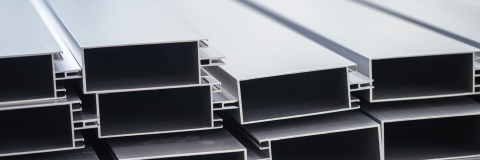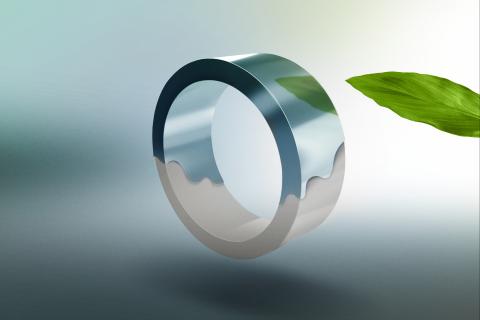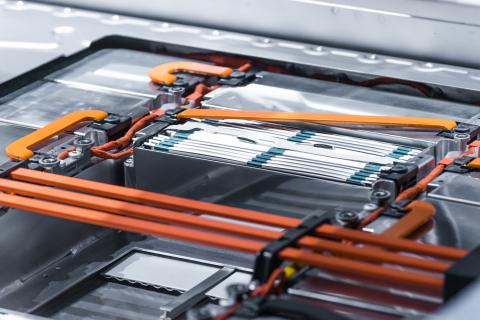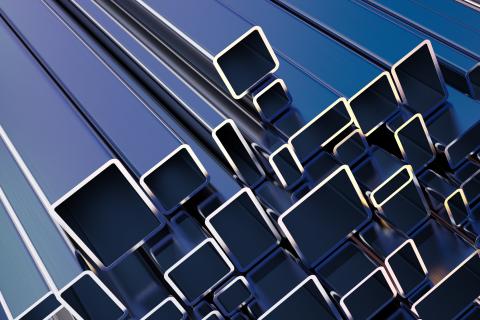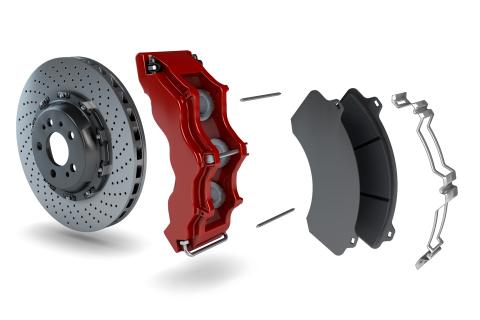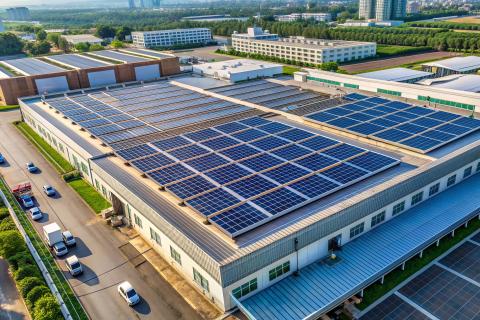As industries strive to meet global sustainability goals, aluminum has emerged as a key material driving innovation in the automotive and construction sectors. With the growing demand for sustainable manufacturing practices, lightweight vehicle designs, and energy-efficient buildings, industry leaders have been exploring new surface finishing solutions to meet these requirements. In 2025, as these industries progress towards a more sustainable future, aluminum's use is expected to grow, fostering ongoing development and innovation.
The Changing Role of Aluminum in Automotive and Construction
Aluminum's versatility and strength have made it a preferred material across many applications. In the automotive industry, aluminum can enhance fuel efficiency, reduce emissions, and improve vehicle performance. These factors make aluminum the go-to material for “lightweighting,” or the practice of making vehicles lighter to improve their performance and efficiency. This design optimization is essential for improving the range and performance of all vehicles, especially electric vehicles (EVs). The weight of EV batteries necessitates the use of lightweight, durable, and corrosion-resistant materials to replace traditional steel parts, with aluminum emerging as the solution. As a result, EVs are expected to use 30% more aluminum than traditional internal combustion vehicles, further driving the demand for this material.
The benefits of aluminum adoption are further bolstered by its excellent recyclability. Aluminum can be recycled infinitely without losing its properties, enabling automakers to meet strict sustainability standards while reducing production costs. Widely used in components such as engine blocks, cylinder heads, and suspension systems, aluminum's versatility plays a pivotal role in modern vehicle manufacturing.

In the construction sector, aluminum's durability, strength, corrosion resistance, and lightweight properties make it a cornerstone of modern building design. Commonly used for windows, doors, facades, and structural components, aluminum improves frame load-bearing capacity, enabling the use of larger windows, and reduces heating and cooling costs through the addition of new thermal insulation capabilities. These features have led to increased adoption, with global aluminum use in construction doubling over the past decade to an average of 10 kg/m² in 2024.

Secondary Aluminum: A Sustainable Solution
Growing environmental concerns and resource limitations are prompting a shift in how aluminum is sourced and processed. Despite its many advantages, traditional aluminum manufacturing is energy-intensive and poses a significant environmental impact. To address this, the industry is turning to secondary aluminum, which is produced from recycled aluminum scrap rather than newly extracted materials. Recycling aluminum uses up to 95% less energy when compared to primary aluminum production, significantly reducing carbon emissions and conserving natural resources.
In Asia, particularly in China and India, demand for secondary aluminum is growing rapidly, driven by urbanization and industrialization. As shown in Figure 4, this region accounts for over 60% of global aluminum consumption, with annual growth rates exceeding 6-8% in some markets. Europe, driven by sustainability regulations and green building initiatives, has seen moderate consumption growth of 2-4% annually, while the U.S. has experienced steady growth rates of 3-5%. The shift towards recycled materials is expected to accelerate over the next five to seven years, and as adoption grows, so do concerns about the performance, appearance, and durability of recycled aluminum.

While secondary aluminum offers significant carbon footprint reduction, the material also poses challenges, primarily related to corrosion resistance and appearance. Companies are actively working to develop processes that mitigate these issues, improving the performance of recycled aluminum and enabling its use across a broader range of applications.
Innovative Solutions in Aluminum Manufacturing
New solutions and technologies are emerging to support sustainable aluminum manufacturing. These technologies enable original equipment manufacturers (OEMs) and building owners to meet high-performance standards using recycled secondary aluminum materials. Examples of these innovations include:
AluKlad 130: As the use of secondary aluminum grows across the automotive sector, manufacturers are looking for advanced surface finishing solutions to enhance corrosion protection, appearance, and wear resistance. This new aluminum anodizing system is designed to improve the performance of aluminum across challenging automotive applications. It delivers superior alkaline resistance for exterior EV components and enables anodized aluminum to withstand extreme conditions, including pH 13 environments in automated car washes. This system meets current automotive requirements, eliminates the need for organic topcoats, and supports a wide range of colors and finishes.
New Trivalent Chromium Passivation Treatments: Secondary aluminum components are susceptible to uniform and filiform corrosion. Uniform corrosion is defined as corrosion that affects the entire surface, while filiform corrosion involves damage that spreads beneath the protective layers, ultimately weakening adhesion. Both types of corrosion are driven by electronegativity differences in intermetallic compounds, which become more pronounced in secondary aluminum parts. This issue is significant in the gasket areas of EV battery boxes, where corrosion has been a notable concern. These components, typically made from aluminum alloys, are located on the underside of vehicles, exposing them to harsh, corrosive environments with limited airflow, which accelerates corrosion. To address this issue, enhanced trivalent chromium passivation systems have been developed, offering superior corrosion resistance and improved durability. These advanced treatments provide a reliable solution for EV applications, ensuring better performance and longevity in demanding conditions.
Chromium-Free Conversion Coatings: In building and construction applications, the use of recycled aluminum profiles can lead to increased corrosion-related defects. To address this, advanced bi-metal chromium-free conversion coatings have been developed, greatly improving the corrosion resistance of secondary aluminum. These innovative coatings provide a more sustainable and effective solution, ensuring greater durability and performance in construction materials.
Optimized Solutions for Anodizing: The increased use of aluminum alloys has introduced challenges in anodizing, including prominent extrusion marks and color inconsistencies due to variations in the alloy composition. To address these issues, the industry is adopting advanced acidic etching processes that precisely dissolve material, resulting in smoother, more uniform surfaces. Additionally, specialized electro-coloring additives have been developed to ensure consistent and even color deposition, mitigating variations caused by differences in the base material. These innovations enhance the aesthetic quality and performance of anodized aluminum, making it more reliable for a wide range of applications.
Conclusion
Aluminum is proving its strength as an essential material in the automotive and construction industries as they strive for a greener future and aim to meet heightened performance goals. Its lightweight, durable, and recyclable properties make it an ideal material for reducing environmental impact while meeting growing industry demands. Looking ahead, ongoing innovations in surface finishing solutions, such as passivation, anodizing, and conversion coatings, will enable manufacturers to overcome material sourcing challenges, expand the use of recycled aluminum, and support a circular economy. Industry leaders in the automotive and construction spaces must be ready and willing to adapt to new aluminum applications to remain competitive and meet evolving sustainability demands.


